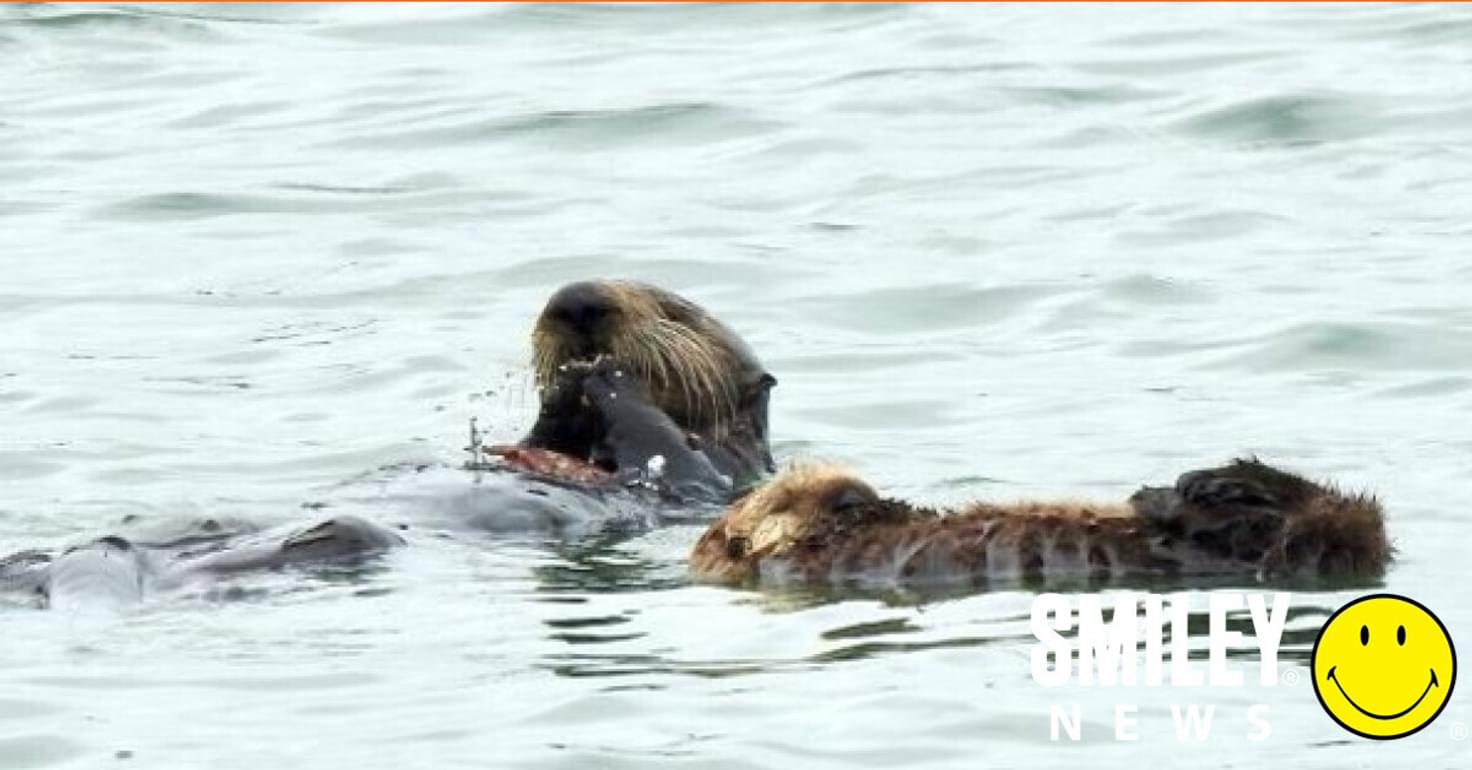
Words by Smiley Team
Rewilding specialists Mossy Earth are paving the way towards protecting and restoring ecosystems across the world through rewilding.
In 2021, the organisation secured one of its biggest corporate partners, Not Just Travel, so £5 of each travel booking will support the projects. Already, Not Just Travel has raised more than £13,000 for the initiative.
In collaboration with Mossy Earth, Not Just Travel is helping to fund the reintroduction of termites to slow desertification, and rewilding sea otters, who feed on the sea urchins which are devastating sea kelp forests.
“We work with one mission in mind, to restore wild ecosystems, support wildlife and biodiversity and help fight climate change," said the Mossy Earth team.
Sea otters are a keystone species, whose position in the food chain is crucial. By preying on sea urchins, who graze on kelp, they ensure the health of kelp forests and protect the many other species that thrive there.
Along the California coast, marine recreation is growing and this is having significant behavioural and physiological negative consequences for the Southern sea otter.
(Read more about these top ten TikTok climate campaigners to follow)
Mossy Earth’s sea otter disturbance research is well underway in Slough, California. The research the team is gathering will inform the future management decisions relating to the conservation work. Conducting this research is crucial as it helps them better understand how tourism-related activities are negatively impacting sea otters.
Mossy Earth is also helping to build British ponds, which lock in on average 149g of carbon per sq metre, compared to fields and woodlands which lock in 2-5g of carbon per sq m.
Then there’s the small, but mighty, termite. At just 10 millimetres long and weighing an average of 1mg, termites are not big, but they certainly are clever.
Their mounds hold vital moisture stores, and more importantly they build tunnels. These allow moisture to permeate the ground easily and so vegetation flourishes on and around termite mounds, locking in life-giving water in arid areas.
(Read more about this overlooked climate fix which could help cut emissions)
Africa will be hardest hit by climate change, yet has contributed the least. Severe droughts are becoming more common and termites are the heroes here. Despite their size, they play a critical role in holding back desertification.
With Mossy Earth's partners in Benin, the fieldwork plan is complete. The first step is to detect existing termite mounds. This will be done through drone mapping, one of the most effective methods.
The myriad of tiny underground tunnels created by termites allows rainwater to penetrate the soil which helps to slow the spread of deserts in Africa, this is what the team is looking for.
Rewilding specialists Mossy Earth work with all these projects and more to help fight the ecological and climate crisis – and you can find out more on their website.
You can also become a member for just £10 a month, and every month Mossy Earth will plant native trees and carry out rewilding projects on your behalf.